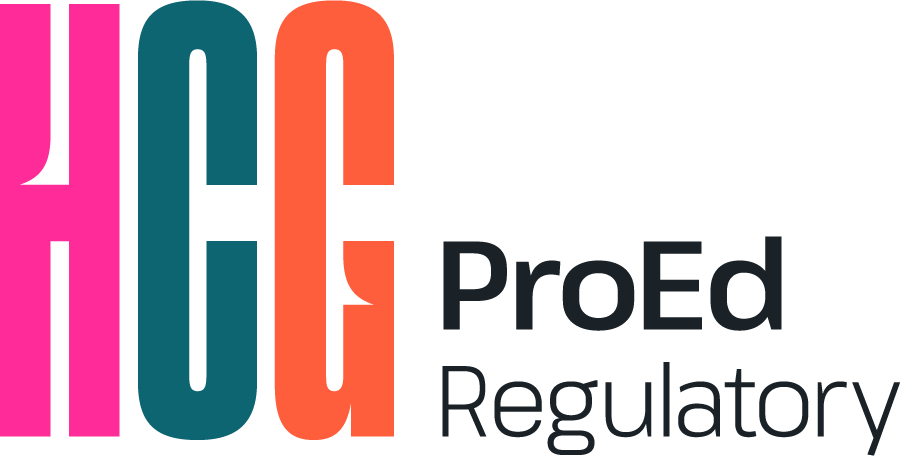The Target Product Profile—Your Blueprint for Drug Development
When utilized to its full potential, the Target Product Profile (TPP) is a dynamic, living document that ensures all stakeholders—clinical, regulatory, quality and manufacturing, commercial, market access, and medical affairs—are working from the same blueprint. Unfortunately, the TPP often has a bad rap within industry because many people think it is too rigid for today’s…
